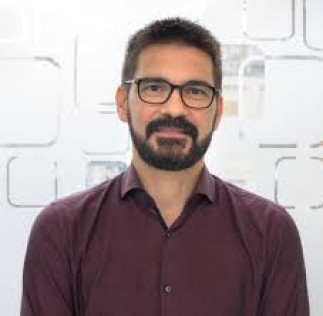Titre : Asymmetric Catalysis in the Excited State
Endroit: Pavillon Roger-Gaudry, Salle M-415
Hôte : Prof. André Charette
Résumé :
The chemical reactivity of electronically excited molecules differs fundamentally from that in the ground state. This is the underlying reactivity concept of photochemistry,1 which has traditionally allowed the development of unique chemical transformations not achievable via conventional ground-state pathways.2 For example, an excited-state molecule is both a better electron-donor (i.e. a better reductant) and electron-acceptor (i.e. a better oxidant) than in the ground state. This explains why the light excitation of organic molecules can unlock unconventional reactivity manifolds. In this context, our laboratory has been exploring the potential of some organocatalytic and organometallic intermediates to directly reach an electronically excited state upon visible-light absorption to then switch on novel catalytic functions that are unavailable to ground-state organocatalysis.3 Studying the mechanism of these photochemical approaches allowed us to expand the synthetic possibilities offered by the excited-state reactivity of organocatalytic intermediates.4
- Balzani, V.; Ceroni, P.; Juris, A. Eds. in Photochemistry and Pho-tophysics, Wiley-VCH, 2014.
- Albini, A.; Fagnoni, M. Eds. in Handbook of Synthetic Photochemistry, Wiley-VCH, 2010.
- (a) Arceo, E.; Jurberg, I. D.; Álvarez-Fernández, A.; Melchiorre, P. Nature Chem. 2013, 5, 750–756. (b) Murphy, J. J.; Bastida, D.; Paria, S.; Fagnoni, M.; Melchiorre, P. Nature 2016, 532, 218–222.
- Silvi, M.; Melchiorre, P. Nature 2018, 554, 41-49.

